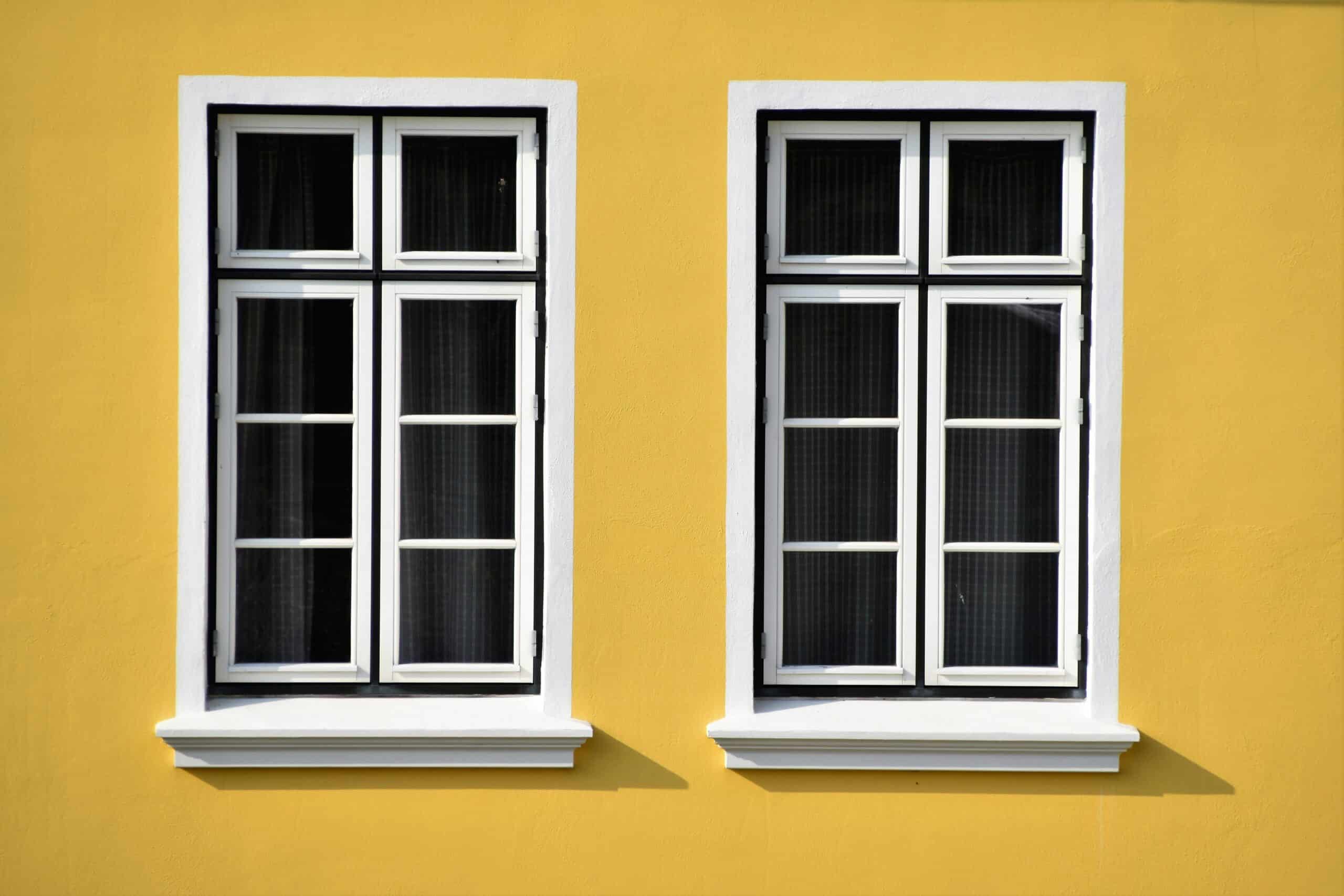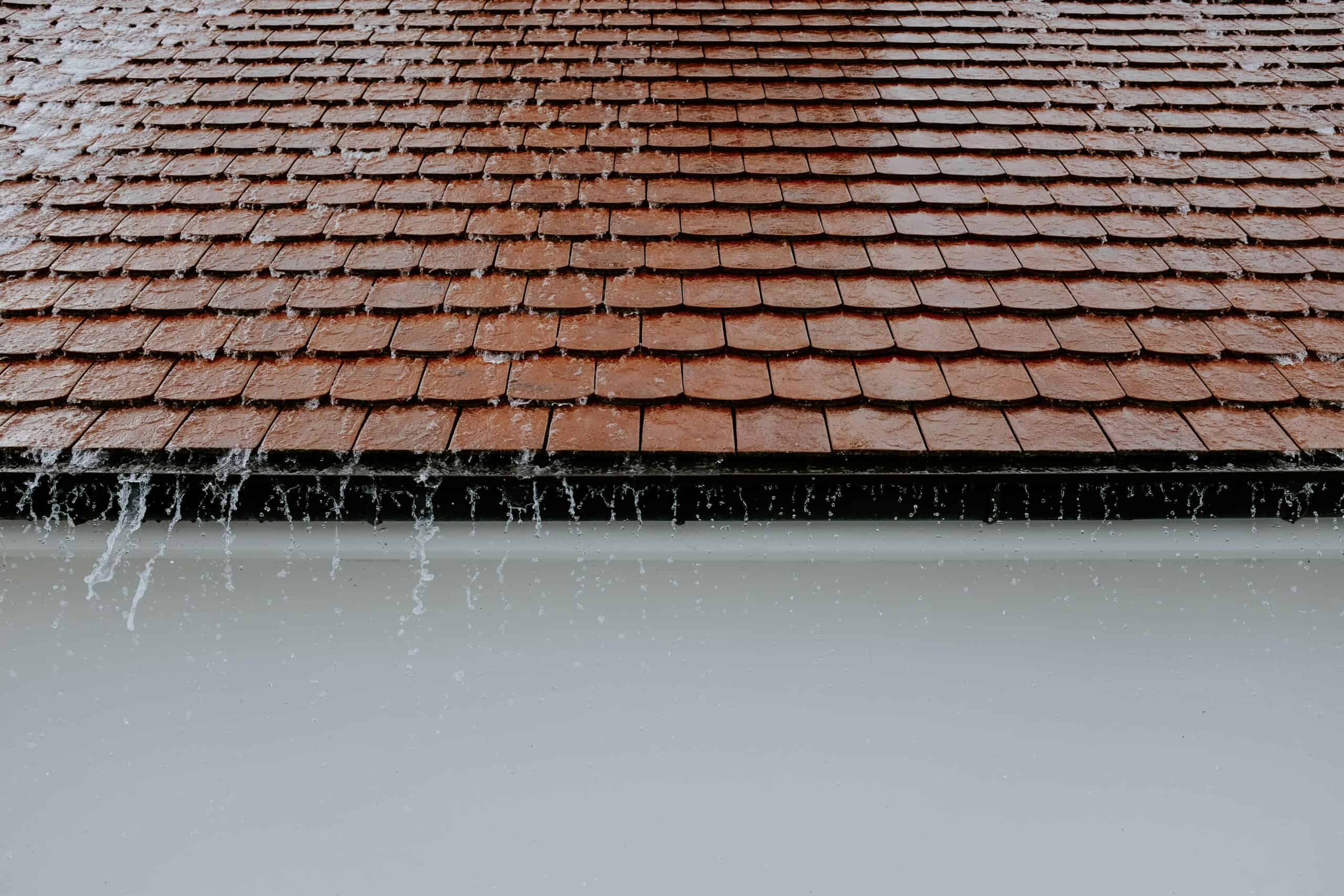Looking to cut your energy bills while making your home more comfortable?
We’ve all been there: shivering through winter and sweating through summer just to keep the heating or cooling on. Then the next bill arrives, and it’s even higher than before.
What’s the solution?
Many of us think that efficient heating or fancy solar panels are the only ways to make a difference, but there’s something right in front of you that can make a big impact…
Your windows.
If your home has subpar glazing, then money is literally leaking out of every single window.
Innovative glazing solutions can change the entire game for the average modern home. And the best part?
It doesn’t have to cost a fortune to see significant savings.
I’m here to show you how…
What you’ll discover:
- Why Modern Glazing Technology Changes Everything
- The Science Behind Energy-Efficient Glass Solutions
- Triple vs Double Glazing: What Actually Works
- Smart Glass Technologies That Adapt to Weather
- How to Calculate Your Potential Energy Savings

Why Modern Glazing Technology Changes Everything
First off, let me drop a fun fact on you…
Did you know that as much as 40% of your home’s heating energy is lost through the windows?
Yes, 40%. That’s almost half the money you spend on keeping your home warm, going straight through your windows.
Think about that for a minute. You turn up the thermostat, pump more money into the heating system, and still freeze by your windows. Sound familiar?
Thankfully, modern glazing solutions are here to save the day. Proper expertise from window companies that specialize in energy-efficient solutions, will help you realize you’re not just replacing windows – you’re creating a thermal fortress that keeps your hard-earned cash where it belongs.
The difference between outdated single-pane windows and today’s high-performance glazing solutions is the difference between a tarpaulin and a vault. One gives in to every breeze and every blast of solar heat, the other seals up your home to keep energy bills low.
But here’s where it gets even better…
The Science Behind Energy-Efficient Glass Solutions
Ready for a nerd session?
Let’s dive into what makes modern glazing so effective.
Heat can leave your home through windows in three ways:
- Conduction – the direct movement of heat through the glass
- Convection – the circulation of warm air currents
- Radiation – the energy transfer from hot to cold
Traditional single-glazed windows are terrible at preventing all three of these. But modern glazing solutions come at each problem with a targeted solution.
Low-E glass has a super-thin coating of metal oxide, for example. It acts as a semi-permeable membrane that reflects heat back into the home while letting the light shine through.
Summer, winter, no problem. It keeps your home warm when it’s cold outside and cool when it’s hot.
Gas filling between window panes is another game-changer. Instead of regular air, the gap is filled with argon or krypton gas. These inert gases have far better insulation properties than standard air, creating a virtually invisible barrier against heat loss.
The result?
Windows turn from passive heat wasters to active players in the energy efficiency game. They help you save on heating and cooling bills while keeping your home more comfortable.
Triple vs Double Glazing: What Actually Works
Now for a bit of a contentious topic…
Should you go with double glazing or spring for the slightly more expensive triple glazing? As usual, the answer is not as simple as it seems.
Double glazing is the tried and true standard. Two panes of glass with an insulating gap in between. It’s reliable, well-understood, and a massive improvement over single glazing.
Triple glazing, though? Now we’re talking serious high-performance glazing solutions. An extra pane of glass and an additional insulating gap make it up to 50% more thermally efficient than double glazing.
In theory, that means even greater potential for heating and cooling savings.
The catch?
Triple glazing costs more. About 20-40% more than double glazing for the window installation. But if you plan on being in your home for the long haul, those extra savings compound quickly.
So where’s the sweet spot?
For most UK homeowners, A-rated double glazing with Low-E coatings is where it’s at. Triple glazing makes more sense if you:
- Live in an extremely cold climate
- Have a large number of north-facing windows
- Want maximum noise reduction as well as thermal efficiency
- Are building a brand-new energy-efficient home
Either way, both double and triple glazing wipe the floor with old-school single glazing.
Smart Glass Technologies That Adapt to Weather
Ok, time for a bit of sci-fi magic…
Smart glass is not a thing of the future, it’s already here and more affordable than you might expect. These aren’t your grandad’s windows – they respond dynamically to changes in the environment.
Electrochromic glass can tint and untint at the flip of a switch. Picture it keeping your home from overheating in those scorching summer afternoons.
Thermochromic glass automatically changes tint based on the temperature. As the outside heats up, the glass darkens, reflecting more solar energy away.
Photochromic glass darkens as the intensity of sunlight increases, similar to the transition lenses in your sunglasses.
And here’s the kicker…
All of these can be tied into your home’s smart home systems for hands-free climate control. Imagine windows that adjust throughout the day to maximize comfort and energy efficiency all on their own.
Heating and cooling systems have less to do, your home stays consistently comfortable, and your energy bills plummet month after month.
How to Calculate Your Potential Energy Savings
Curious how much you could actually save?
The math isn’t as bad as the energy companies want you to think. Here’s the simple version:
Step 1: Check Your Current Window Performance
Older windows have a U-value between 4.0-6.0. This rating indicates how much heat the window lets through. The lower the number, the better it insulates.
Step 2: Compare to Modern Standards
- A-rated double glazing has a U-value around 1.4
- Triple glazing can achieve a U-value around 0.8
- Smart glass solutions go as low as 0.6
Step 3: Crunch the Numbers
Studies have consistently shown that upgrading to energy-efficient windows can save up to £155 per year on energy bills. For the average UK home, that breaks down to:
- £140 annual savings by replacing single glazing with double glazing
- An additional 15-20% more savings with triple glazing
- Bonus reductions in heating/cooling system maintenance
Step 4: Don’t Forget Long-term Value
Quality glazing systems last 20-25 years, minimum. Over that lifespan, your total savings will easily outpace the cost of the installation by thousands of pounds.
Energy-efficient windows also increase your home’s resale value, so the improvement pays dividends both in the present and when you come to sell.
Getting the Installation Right
It’s not just about choosing the right windows, either…
Even the best glazing tech won’t help you if the install isn’t done correctly. Cutting corners on the installation can end up costing you money in the long run.
Look for installers who are FENSA certified or a similar quality mark. This ensures they not only understand the technical aspects but also the legal requirements for window replacement.
Frame materials are just as important as the glass itself. UPVC, timber, and aluminium all have different thermal properties. The right choice depends on your home’s style, your budget, and your desired performance level.
Bringing It All Together
Innovative glazing solutions are not just about swapping out old windows…
It’s about changing the way your home interacts with energy. From basic A-rated double glazing that can reduce heat loss by as much as 60% over single glazing, to smart glass that adapts throughout the day.
The key is finding the solution that matches your needs and your budget:
- Budget-conscious homeowners – High-quality double glazing with Low-E coating
- Maximum efficiency seekers – Triple glazing with gas fills and warm edge spacers
- Tech enthusiasts – Automated smart glass solutions
- Heritage home owners – Secondary glazing to improve performance while preserving character
Remember, this is a long-term investment in your home’s comfort, efficiency and value. Quality glazing systems will serve you for decades, helping you to save money month after month while making your home a more comfortable place to live.
The real question isn’t whether you can afford to upgrade your glazing…
It’s whether you can afford not to.




